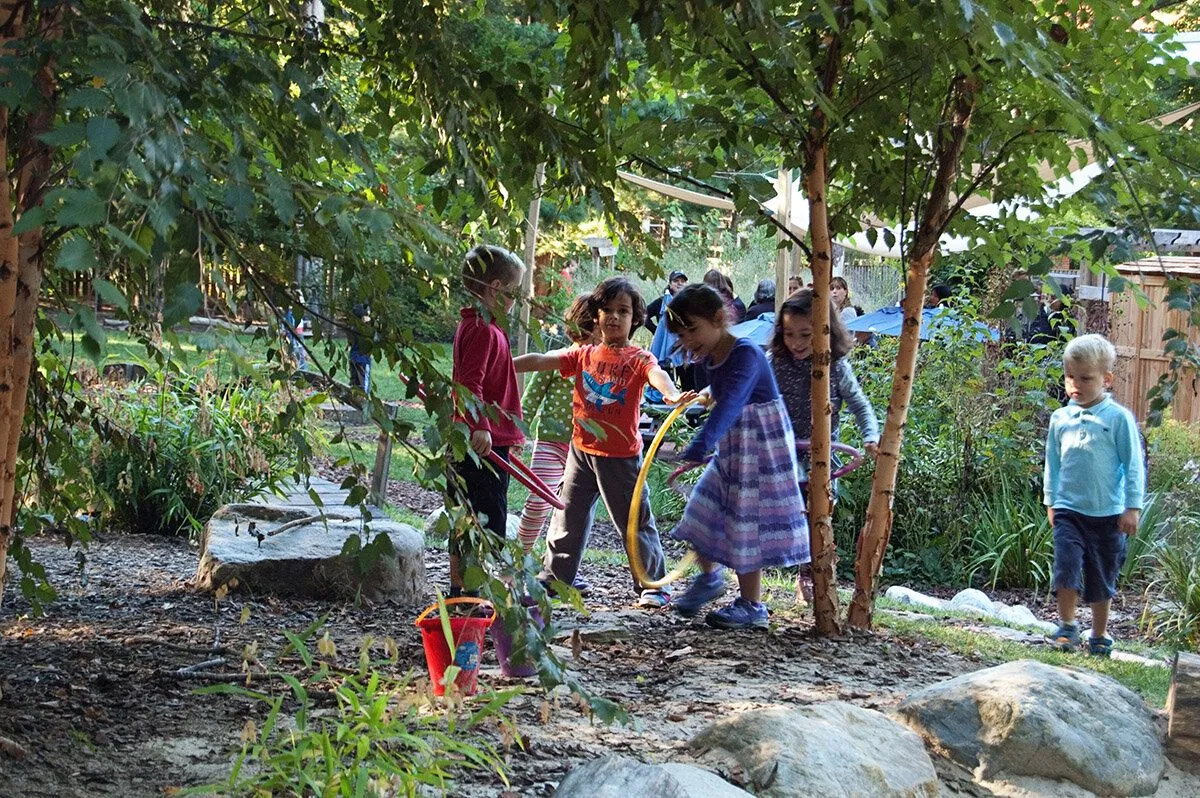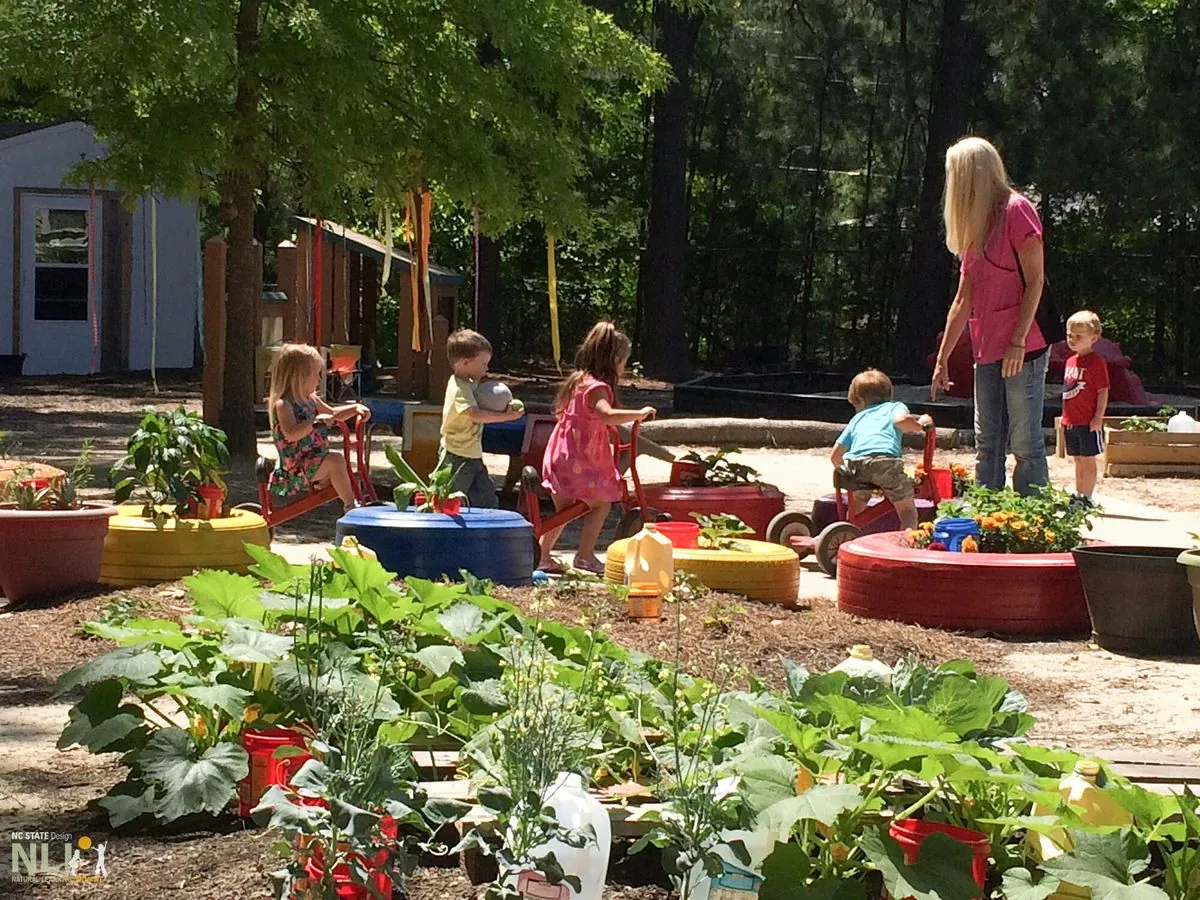Urban Schoolyards: From Heat Islands to Green Oases
As climate change intensifies, efforts to transform asphalt-covered schoolyards into green spaces gain momentum. Cities and states are investing billions to combat the urban heat island effect and improve children's health and safety.

In recent years, a growing awareness of the detrimental effects of asphalt-covered schoolyards has sparked a movement to transform these heat-absorbing surfaces into green, cooling oases. This shift comes as climate change exacerbates the urban heat island effect, making densely populated areas significantly warmer than their surroundings.
Natalie McHugh, a long-time educator in Philadelphia, experienced a paradigm shift in her perception of schoolyards. Her realization mirrors a broader awakening to the importance of green spaces in urban schools. The Trust for Public Land, a non-profit organization founded in 1972, has been at the forefront of this transformation, helping to create or renovate over 300 school playgrounds across 23 states and tribal lands.
The urgency of this issue has intensified as research reveals the health risks associated with extreme heat in school environments. Studies have shown that asphalt surfaces can reach temperatures of up to 140°F (60°C) on hot summer days, posing significant dangers to children. In contrast, trees can lower surface and air temperatures by up to 45°F through shade and evapotranspiration.
Urban areas, particularly low-income neighborhoods with limited tree cover, are most affected by the heat island effect. Schools in these areas often exacerbate the problem, with Kelly Turner, a heat expert at UCLA, describing them as "shade deserts." This phenomenon is not limited to cities; schools across various settings have been "paved over," according to Jennifer Vanos from Arizona State University.

In response to these challenges, California has taken significant steps. A $10 billion school bond, set for voter approval in November 2024, could partially fund tree planting and pavement reduction in public schools. The Los Angeles Unified School District, the second-largest in the United States, has committed $500 million to greening projects and approved a $9 billion facilities bond, with a substantial portion potentially allocated to creating shade and removing asphalt.
"If they knew what they were doing, they wouldn't have done what they did 30 or 40 years ago. It was under different logic, different thinking, but the impacts have become bigger."
The transformation of schoolyards faces numerous challenges, including high costs and maintenance concerns. In Philadelphia, the Trust for Public Land's projects can range from $400,000 to $2.5 million and take up to three years to complete. Funding disparities between school districts further complicate the issue, with poorer districts often opting for cheaper, but potentially hotter, materials like artificial turf.
Despite these obstacles, the benefits of green schoolyards are substantial. They can reduce stormwater runoff by up to 30%, improve children's cognitive development and academic performance, and increase physical activity levels by up to 60%. Moreover, green spaces in urban areas can increase biodiversity, providing habitats for various species.
As cities and states continue to invest in schoolyard transformations, the long-term success of these initiatives will depend on sustained funding and voter support. The challenge lies in convincing the public of the necessity of these changes to ensure safe and healthy environments for children in the face of a changing climate.


































